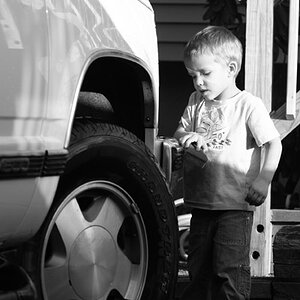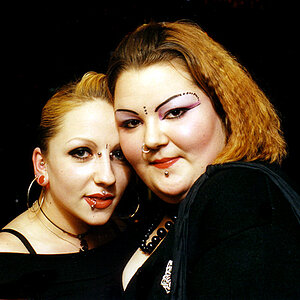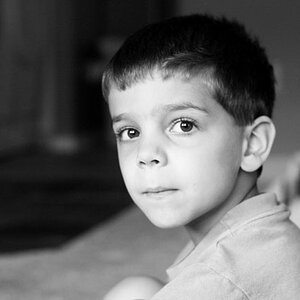gryffinwings
No longer a newbie, moving up!
- Joined
- Apr 28, 2012
- Messages
- 553
- Reaction score
- 48
- Location
- San Diego, CA
- Can others edit my Photos
- Photos NOT OK to edit
So, I've thought about it, and I think I am really just going to stick with 35mm film for quite a while. While I like the idea of medium format, 35mm is going to be easier and more productive for me.
What models are recommended for scanning 35mm? I see Nikon CoolScan models for reasonable prices, thoughts?
What models are recommended for scanning 35mm? I see Nikon CoolScan models for reasonable prices, thoughts?


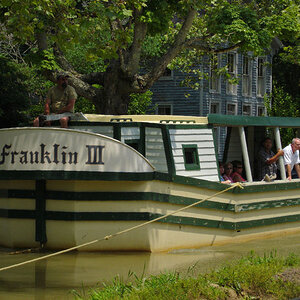
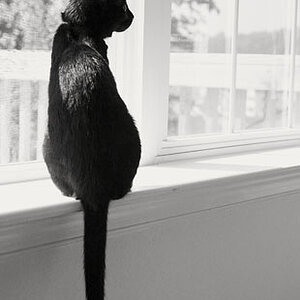
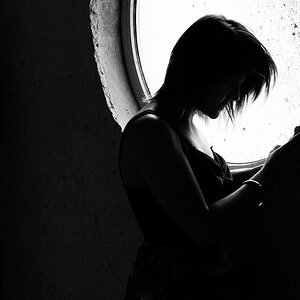
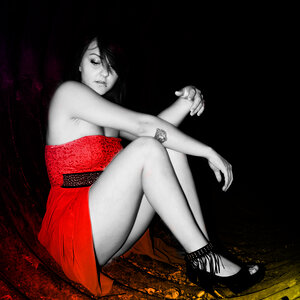

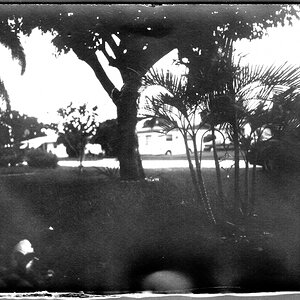
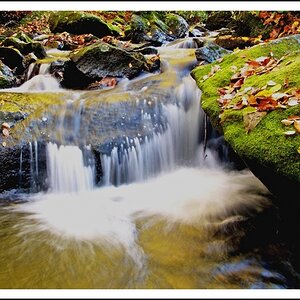
![[No title]](/data/xfmg/thumbnail/39/39293-55a527d2a9b287bf5e5b6d118abab22c.jpg?1619738958)

